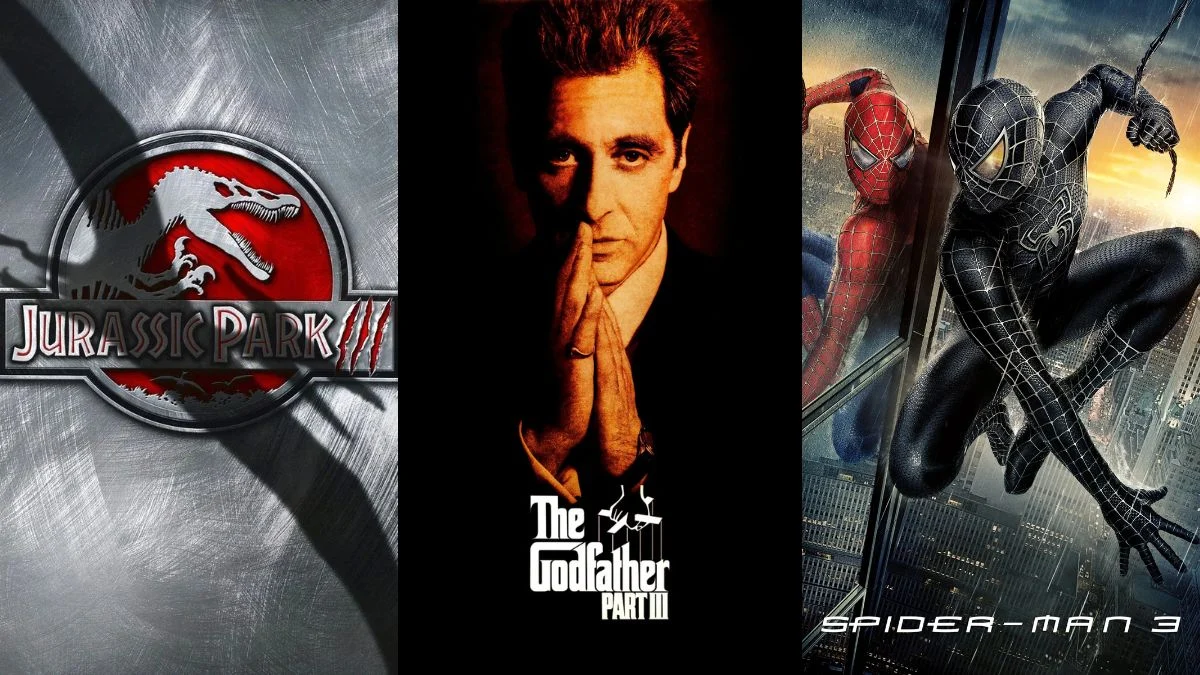
Third movies in a series are tough. They often have a lot riding on them, with writers trying to finish existing stories and also hint at future ones. Coordinating everyone involved can be tricky, and the final product sometimes feels different from what fans enjoyed in the earlier films, even if it looks similar.
Movie studios often rely on familiar names and brands, sometimes changing the feel of a series by switching directors or trying to attract a wider audience. This can lead to different creative decisions, visual styles, and a greater focus on special effects. Here are some third films in popular franchises that started strong but ultimately serve as warnings about the challenges of making a successful sequel.
‘The Godfather Part III’ (1990)
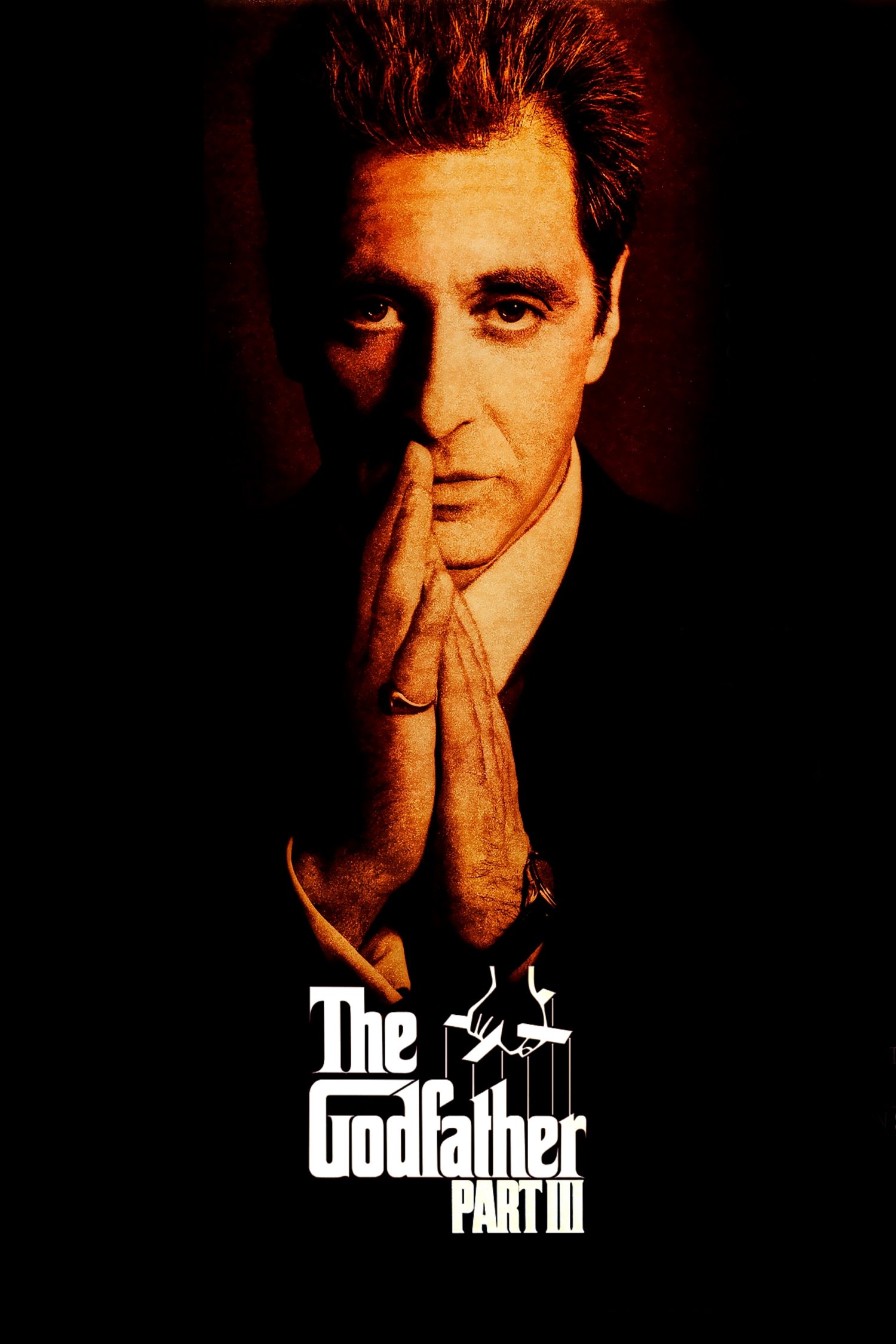
Francis Ford Coppola directed the continuation of Michael Corleone’s story, with Al Pacino reprising his role, as the saga shifted to focus on business and the Vatican. The film featured both returning characters and new faces, all centered around a plot involving a European property company and a grand opera performance in Palermo.
Making the film involved bringing back familiar characters, despite some cast replacements and a move to a modern setting. Filming took place in both New York and Italy, and careful attention to historical details helped connect it to the previous movies. The film finished the original series of stories, and a later edit altered the beginning and end.
‘Spider-Man 3’ (2007)
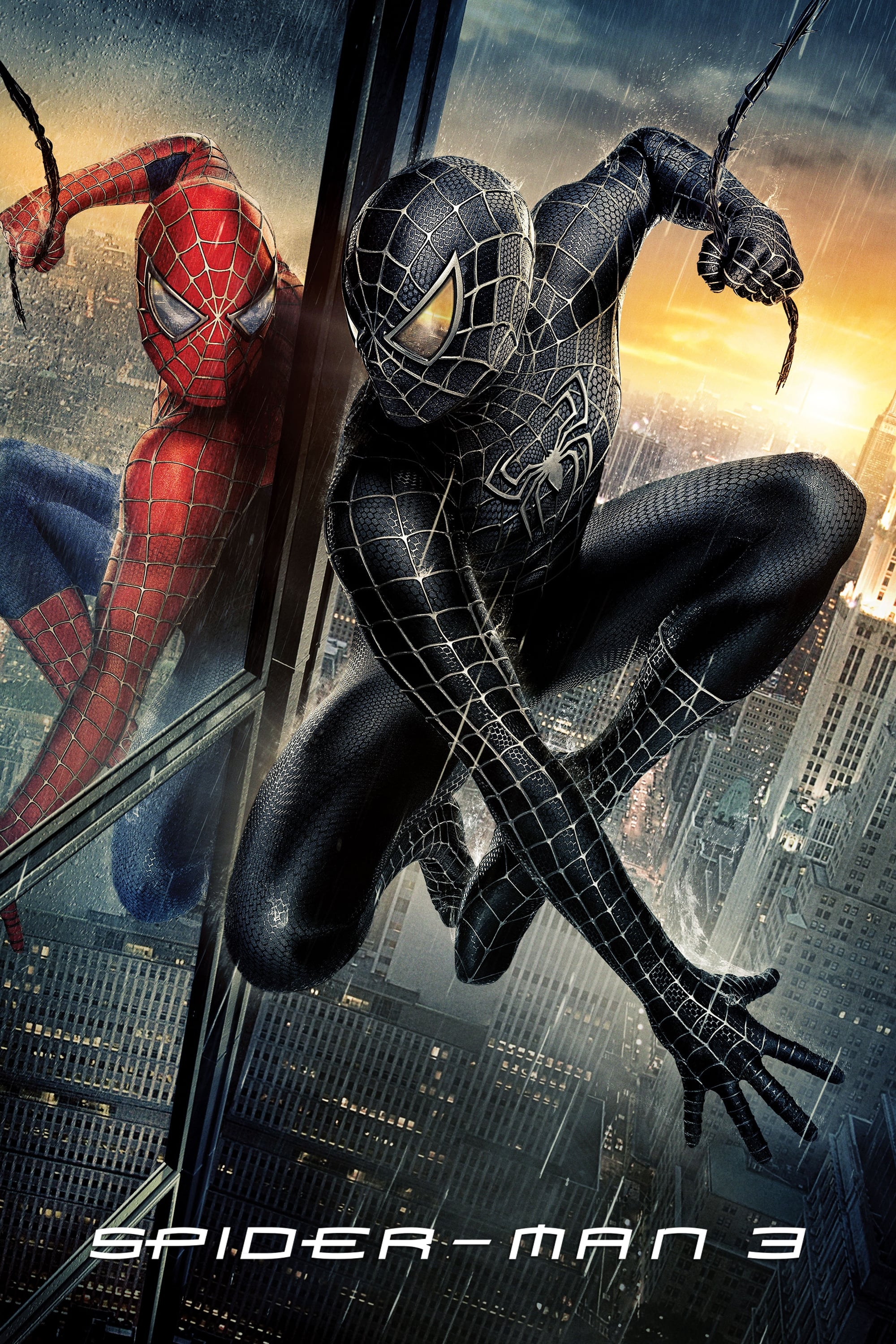
Sam Raimi’s third Spider-Man movie had a lot going on, with Peter Parker battling a dangerous alien suit, a friend who’d lost his memory, and a revamped version of the villain connected to Uncle Ben’s death. The film also featured the introduction of Gwen Stacy, all while Mary Jane dealt with the stress of performing on Broadway and the struggles in her relationship with Peter.
The latest installment featured impressive, large-scale sets built throughout New York City and used more digital effects than previous films. The marketing campaign focused on the black suit and the introduction of new villains. Because the film was made quickly after the second one, production teams were working on development and effects simultaneously, requiring a faster-paced workflow.
‘X-Men: The Last Stand’ (2006)
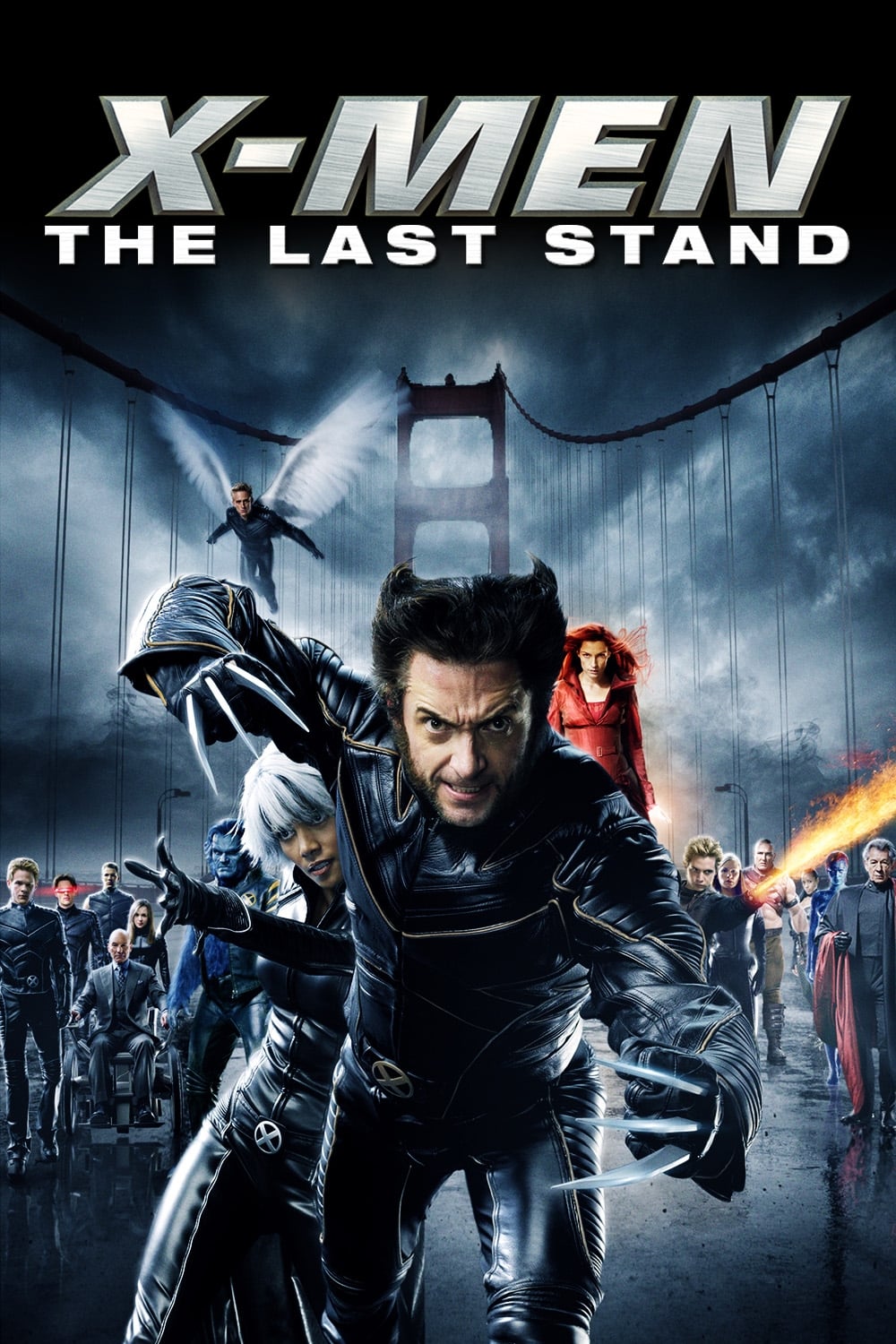
The third movie featuring the team of mutants mixed a story about a man-made cure with the classic ‘Phoenix’ saga involving Jean Grey. The original cast was back, joined by new characters like Beast and Angel, and the action shifted from labs and neighborhoods to a climactic battle near Alcatraz Island.
The movie faced some changes during production, including a switch in directors and adjustments to the storyline after some key creative team members left. The iconic Golden Gate Bridge scene required a lot of special effects, like wires, makeup, and a huge number of extras. This film concluded the original trilogy, but its story continued with later prequels and reimagined sequels.
‘Jurassic Park III’ (2001)
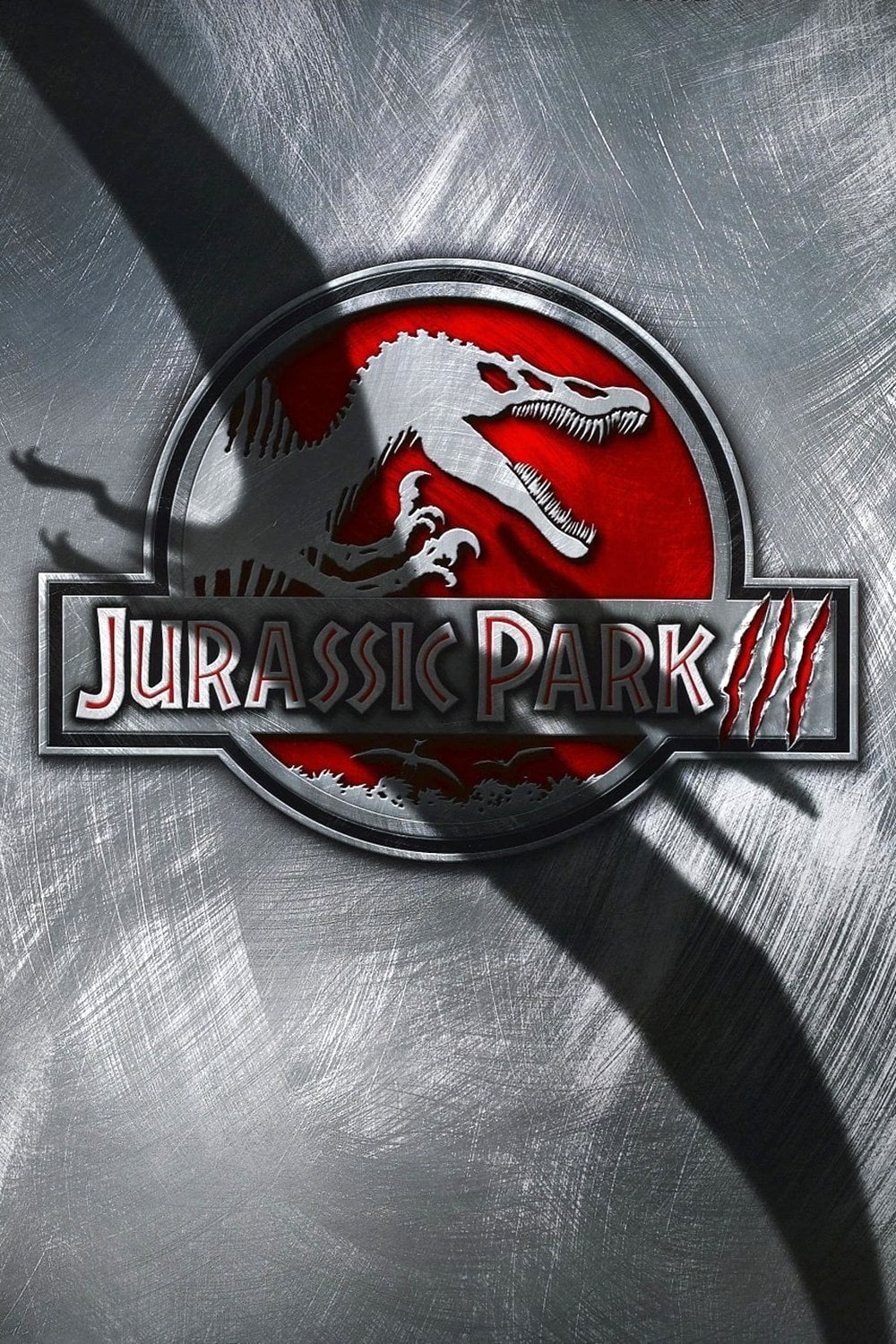
The third Jurassic Park film brought back Sam Neill as Alan Grant, moving the action to Isla Sorna. What began as a planned rescue quickly fell apart, and the movie featured new dinosaur species. The story heavily emphasized the intelligence of raptors, making them a constant danger during expeditions through both the jungle and a large bird enclosure.
Filming resumed in Hawaii and Southern California, using both practical effects like animatronics and digital creatures. The script was reworked during production to create a faster-paced movie with more emphasis on monster action and less on establishing the world, compared to previous installments.
‘The Matrix Revolutions’ (2003)
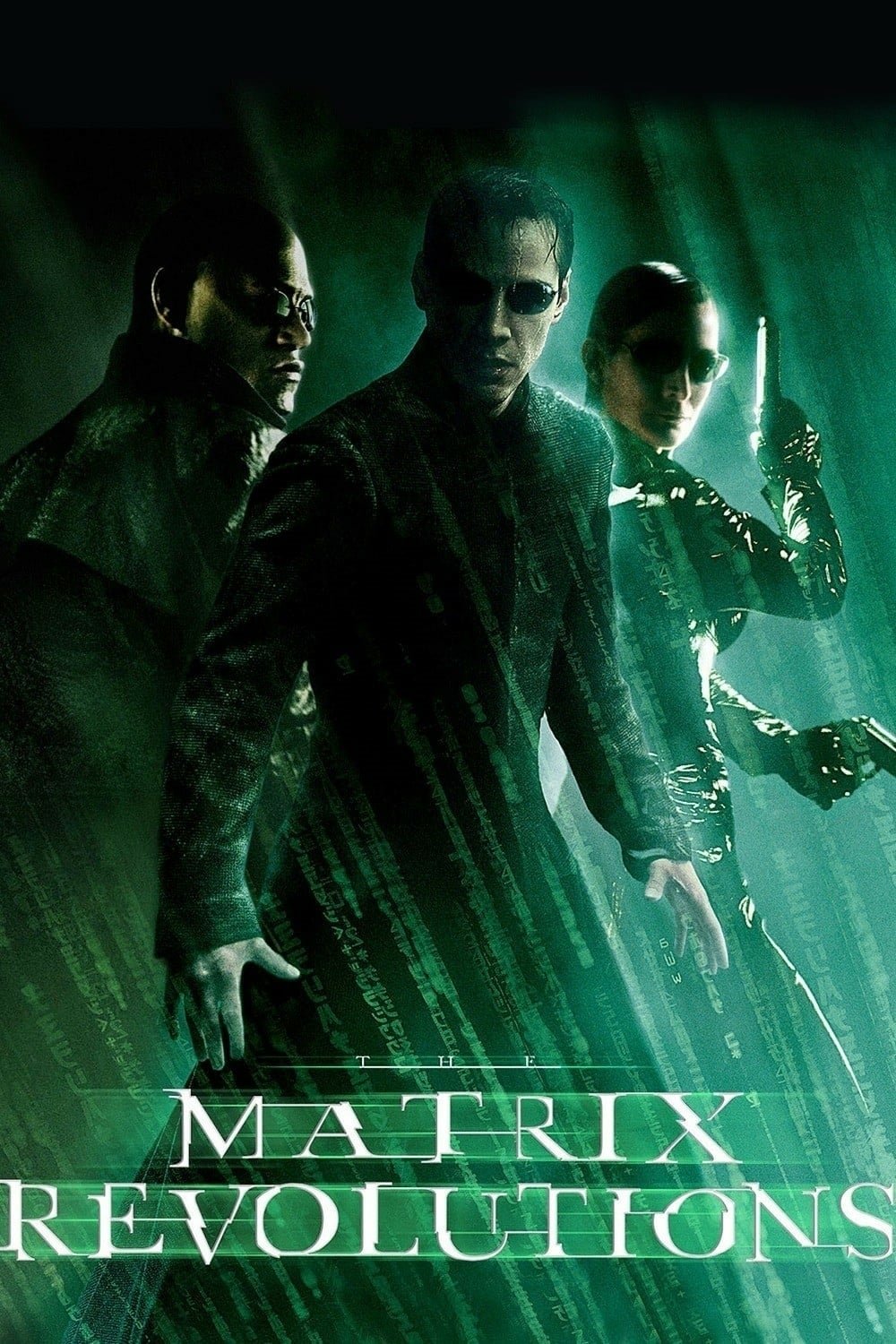
As a huge fan, I remember the final film in the trilogy taking things to a whole new level. It followed Neo as he ventured beyond the Matrix, while back in the real world, Zion geared up for a massive battle against the machines. There were two sequences that really stood out: this incredible fight with mechanical ships at the docks, and then the climactic showdown between Neo and Agent Smith, drenched in rain, all happening inside the simulated city itself. It was a truly epic finish!
The movie was filmed immediately after the first one, reusing sets, costumes, and special effects equipment. Its release was coordinated globally and included related games and short films, creating a temporary pause in the story before new installments were released several years later.
‘Shrek the Third’ (2007)
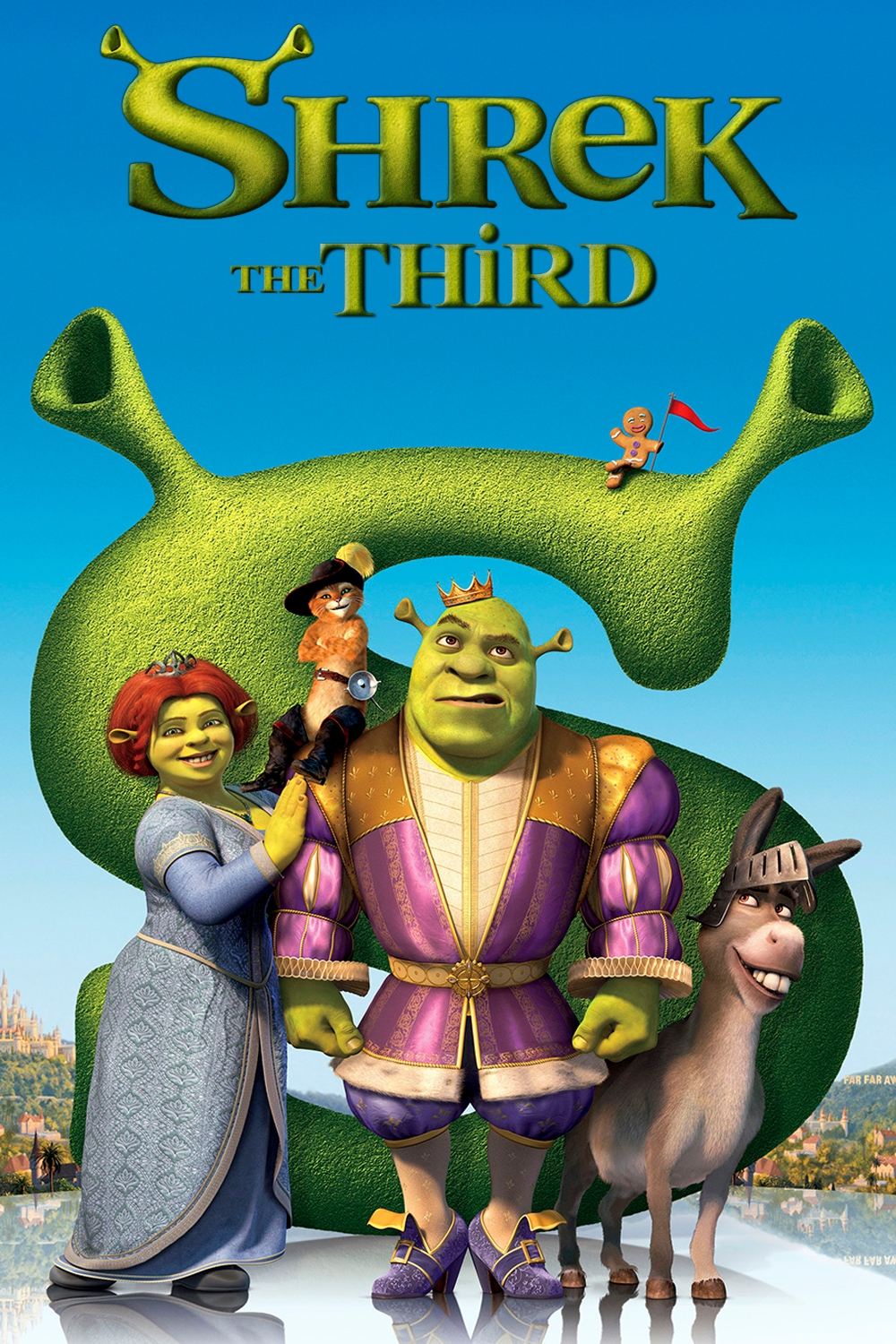
Okay, so in the third Shrek movie, things get really interesting! Shrek’s looking for someone to take over if anything happens to him, which leads to a pretty wild adventure. Meanwhile, back in Far Far Away, someone’s trying to stage a coup! It was great to see all our favorite characters again, and the movie took us to some fun new places – including a medieval high school, which was hilarious – and introduced some cool new royal locations. It really expanded the world!
The movie moved to different settings, including classrooms, ships, and castle grounds, and kept using a soundtrack of popular song covers and original music. It also expanded the franchise with more products and partnerships, and introduced ideas that were explored further in the next film, which took the story in a slightly different direction.
‘Blade: Trinity’ (2004)
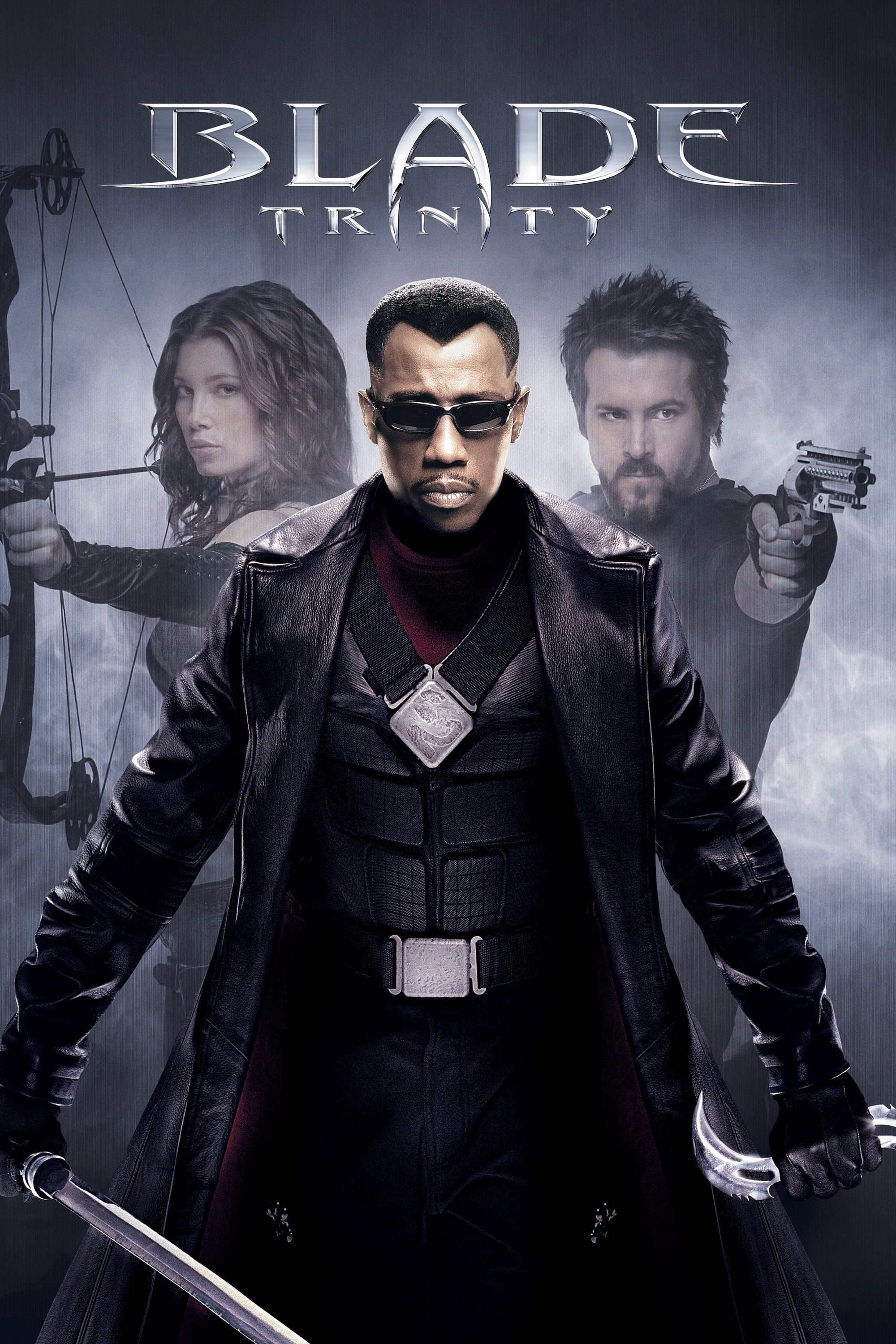
The third Blade movie brought together a new team to help him fight vampires, after someone framed him and brought unwanted attention from the authorities. The film featured updated technology for hunting monsters and reintroduced a powerful, ancient enemy, shifting the action to take place in modern cities and high-tech labs.
The filmmakers increased the scale of action sequences and improved stunt work, incorporating more humor and a fresh, younger cast. They also began planning for potential sequels or spin-offs, focusing on visually impressive action scenes filmed at night in city settings.
‘The Mummy: Tomb of the Dragon Emperor’ (2008)
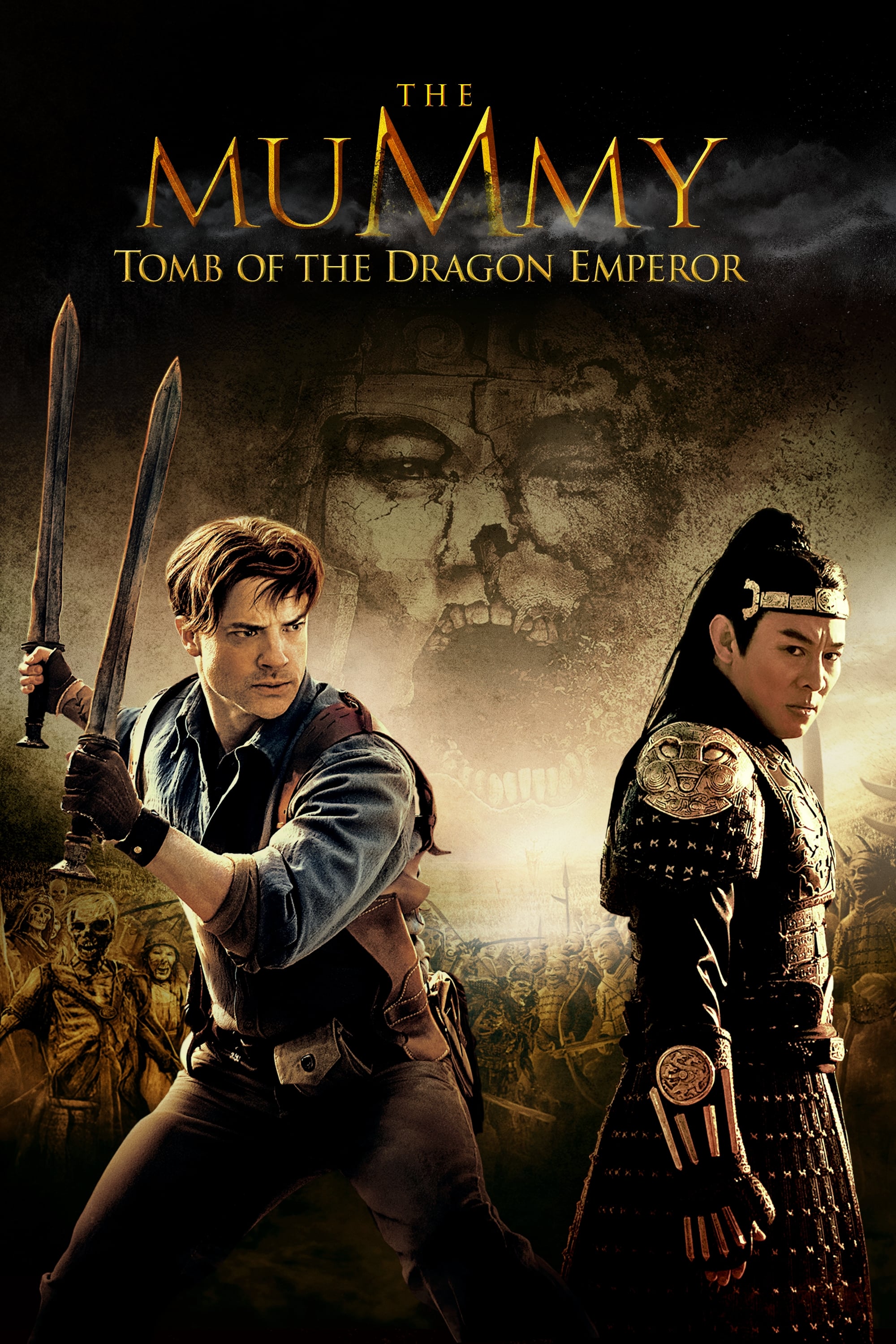
Okay, so the third movie really switched things up, taking us from Egypt all the way to China! It centered around a ruler from the Qin Dynasty who gets woken up by a fresh curse. It was awesome to see Brendan Fraser back, and his character Rick’s son really got more involved this time. The story took them on a wild ride through Shanghai, across some harsh deserts, and even up into the Himalayas – it was a visually stunning adventure!
The show replaced its original actress for the character of Evelyn and added fantastical elements, including terracotta armies and the ability to shapeshift. Filming took place on location and on soundstages built to resemble temples and mountain paths, and the visual effects team created massive battle scenes featuring soldiers made of stone.
‘RoboCop 3’ (1993)
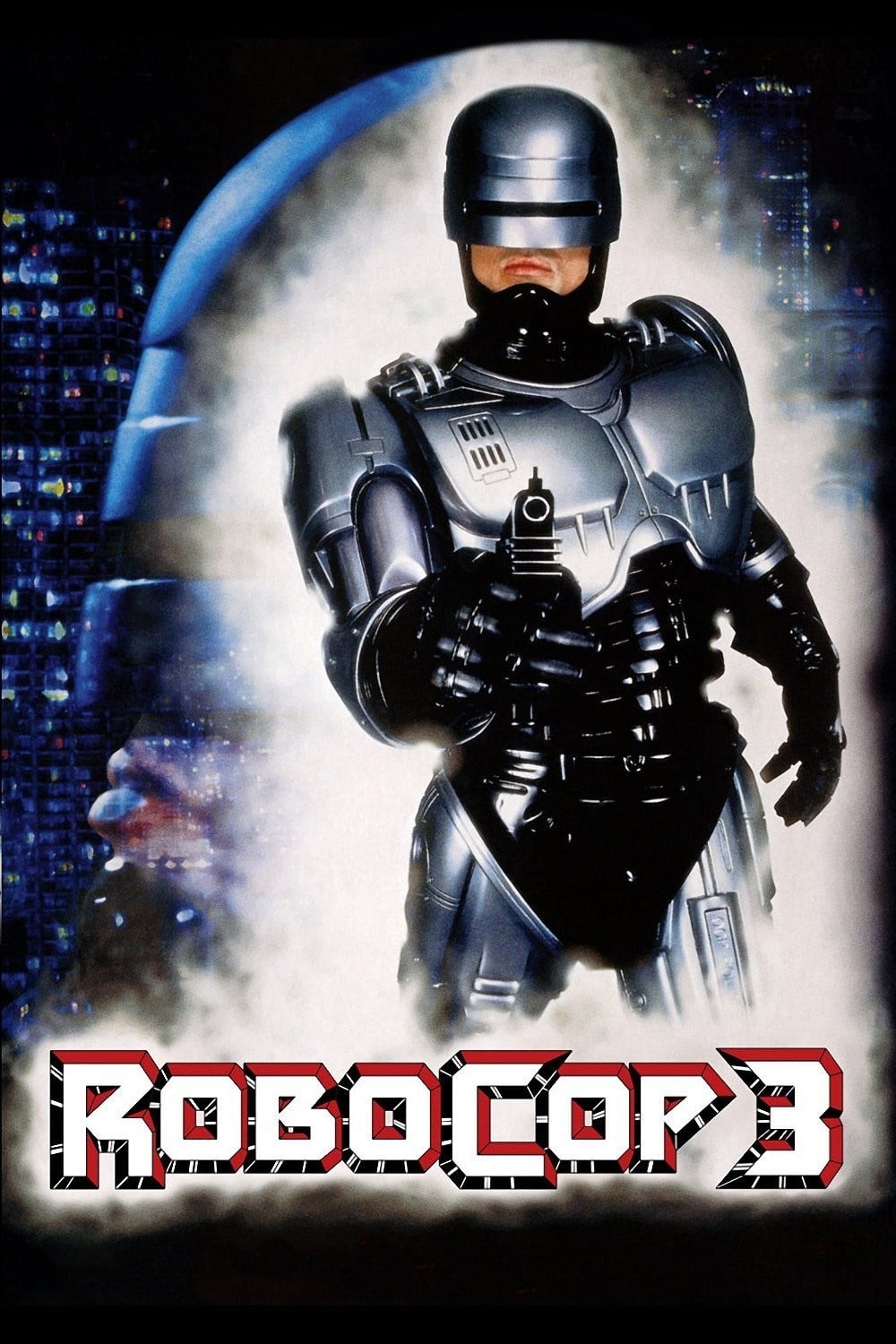
This sequel followed Detroit’s ongoing efforts to rebuild, putting RoboCop at odds with a private security force and a scheme to displace residents. The film explored RoboCop’s core programming and lingering memories as local resistance groups became involved in the fight.
The movie replaced its main actor and sought a wider audience, which meant toning down some of the action compared to previous films. Car chases and scenes of flight through the city were created using a mix of models, real explosions, and early computer effects.
‘Teenage Mutant Ninja Turtles III’ (1993)
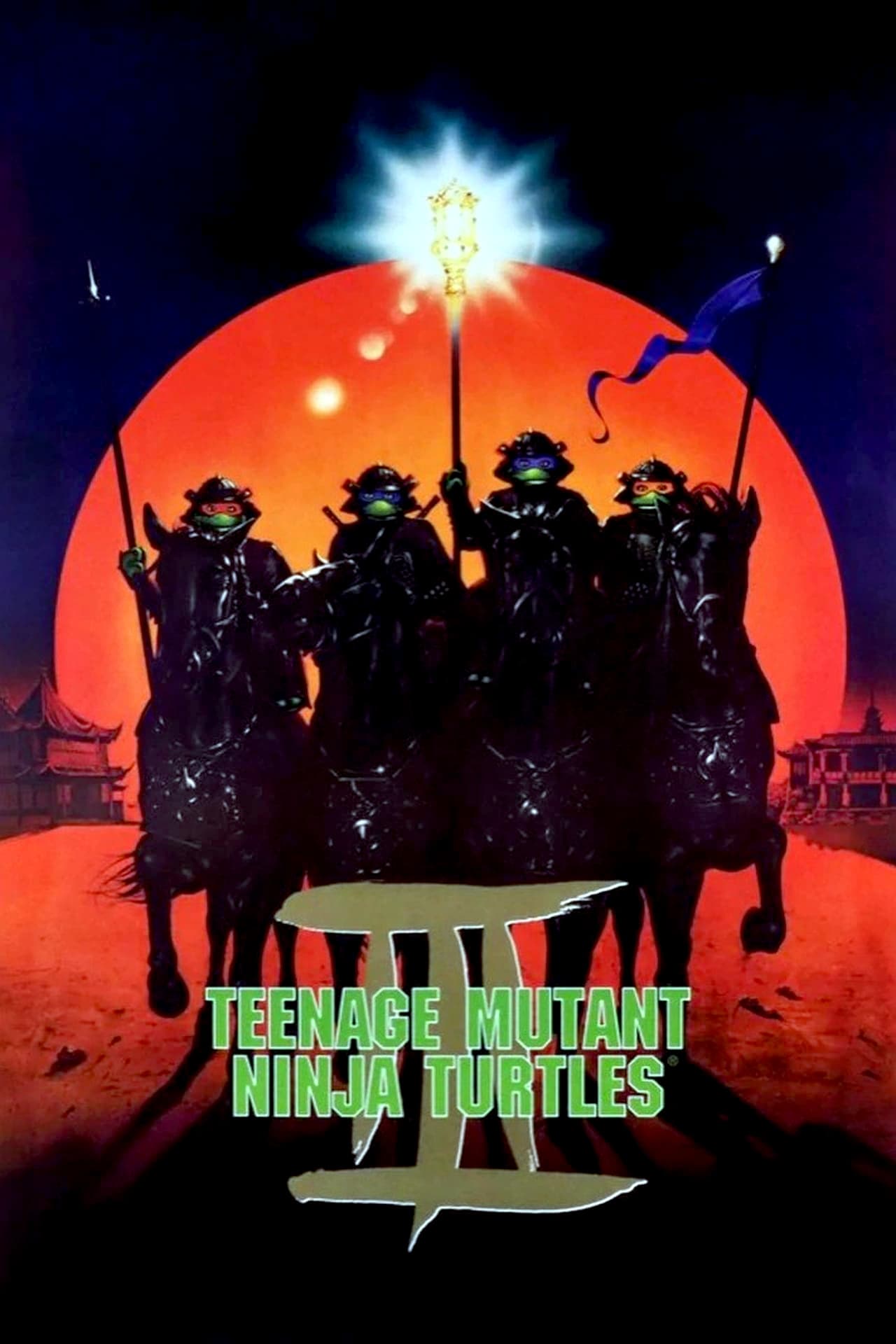
The third movie took the Ninja Turtles back in time to feudal Japan, thanks to a magical scepter and a gadget that let them switch bodies. While the brothers teamed up with villagers caught in a conflict between a Japanese lord and European traders, April and Casey experienced separate adventures throughout different time periods.
As a film buff, I really noticed how much they upgraded the costumes and creature effects for this one. The suits looked fantastic, and the animatronics had way more expressive faces than in the first two movies. Visually, the world felt incredibly detailed too – they seamlessly mixed authentic-looking period armor with the rustic feel of wooden forts and everyday village life. And the music! They really leaned into drums and traditional instruments, which perfectly emphasized the shift to a historical setting. It all added up to a much more immersive experience.
‘Superman III’ (1983)
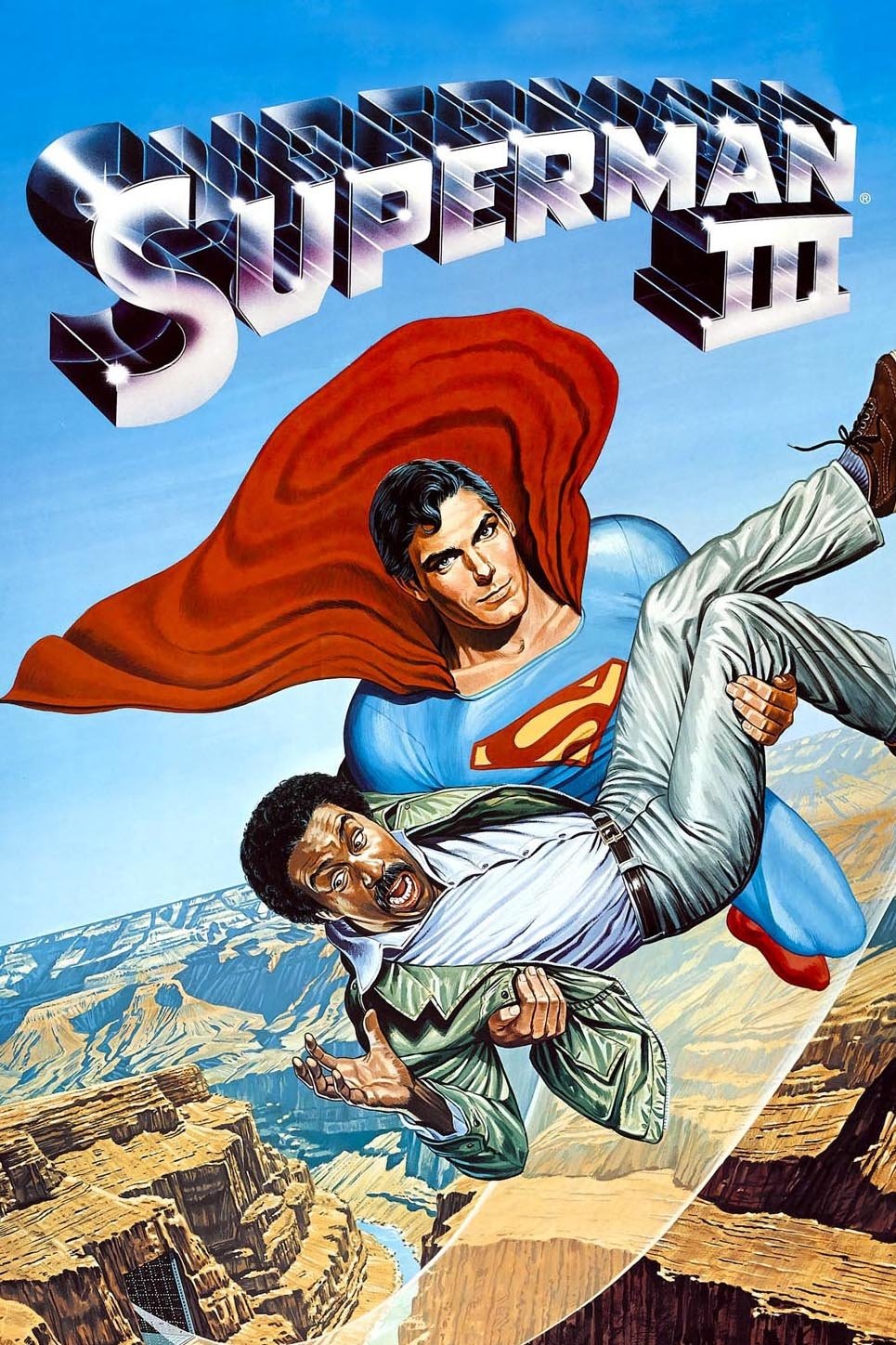
The latest story really surprised me with its focus on technology – they introduced a kind of fake kryptonite and a computer whiz who got caught up in some shady business dealings. It was cool to see Clark go back to Smallville for a visit, but things got intense when he was exposed to this altered kryptonite. It brought out a much darker side of him, and it was a bit unsettling to watch!
The show focused on adding humor with fresh characters, but still featured the exciting flying and rescue scenes fans loved. Special effects and clever camera work created the aerial shots, and the story moved between Metropolis, Smallville, and the factories where the main computer was located.
‘The Hangover Part III’ (2013)
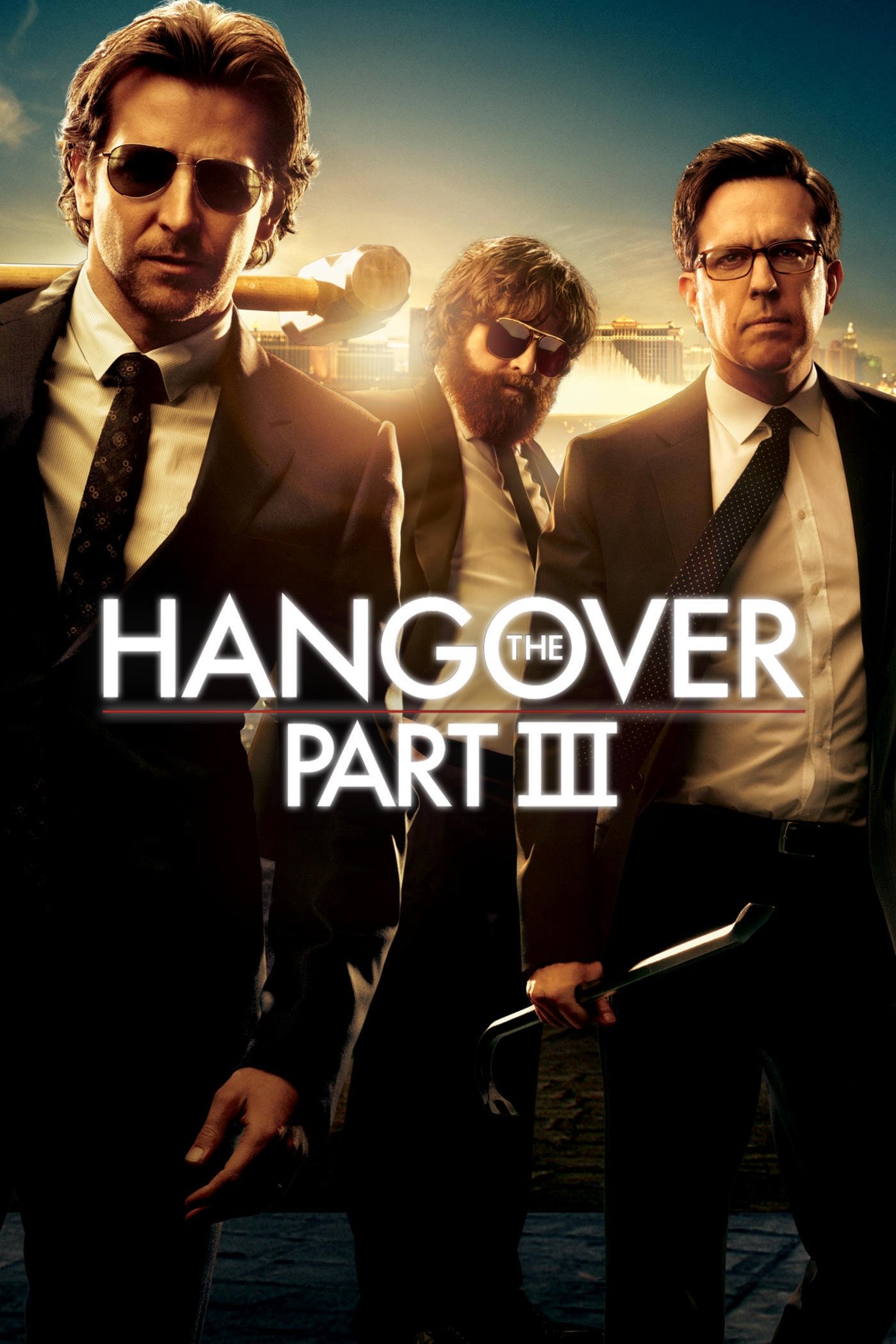
The third comedy film moved away from a mystery storyline and instead followed the group on a journey that connected to events from previous episodes. The story brought back characters and places we’ve seen before, centering on a robbery and the ensuing chase to recover stolen items and settle debts.
The movie was filmed across California and Nevada, as well as in several international locations, utilizing desert and coastal scenery. It concluded the main story arc for the four main characters and featured a post-credits scene that mirrored a structural element from the original film.
‘Pirates of the Caribbean: At World’s End’ (2007)
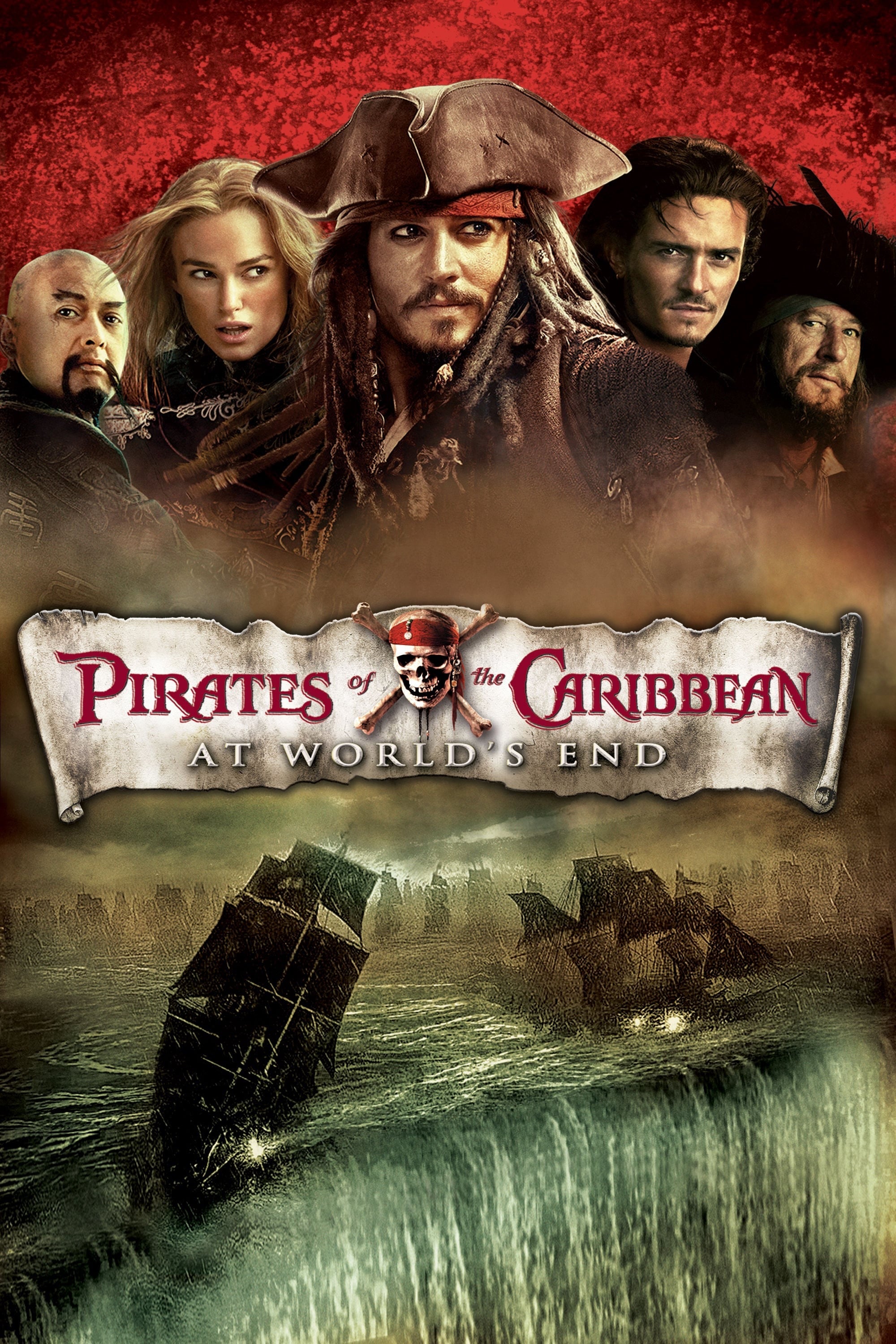
The third journey involved a clash between rival pirate groups and the powerful East India Company, all while a team worked to find a captain stranded in a strange and dreamlike ocean. The tale weaves together classic pirate legends, a detailed look at worldwide trade routes, and the historic gathering of the Brethren Court.
Filming took place over several weeks, moving between soundstages, water tanks, and Caribbean locations. The production used a lot of motion capture technology and created realistic weather effects, especially for a huge naval battle that happens during a powerful whirlpool.
‘Terminator 3: Rise of the Machines’ (2003)
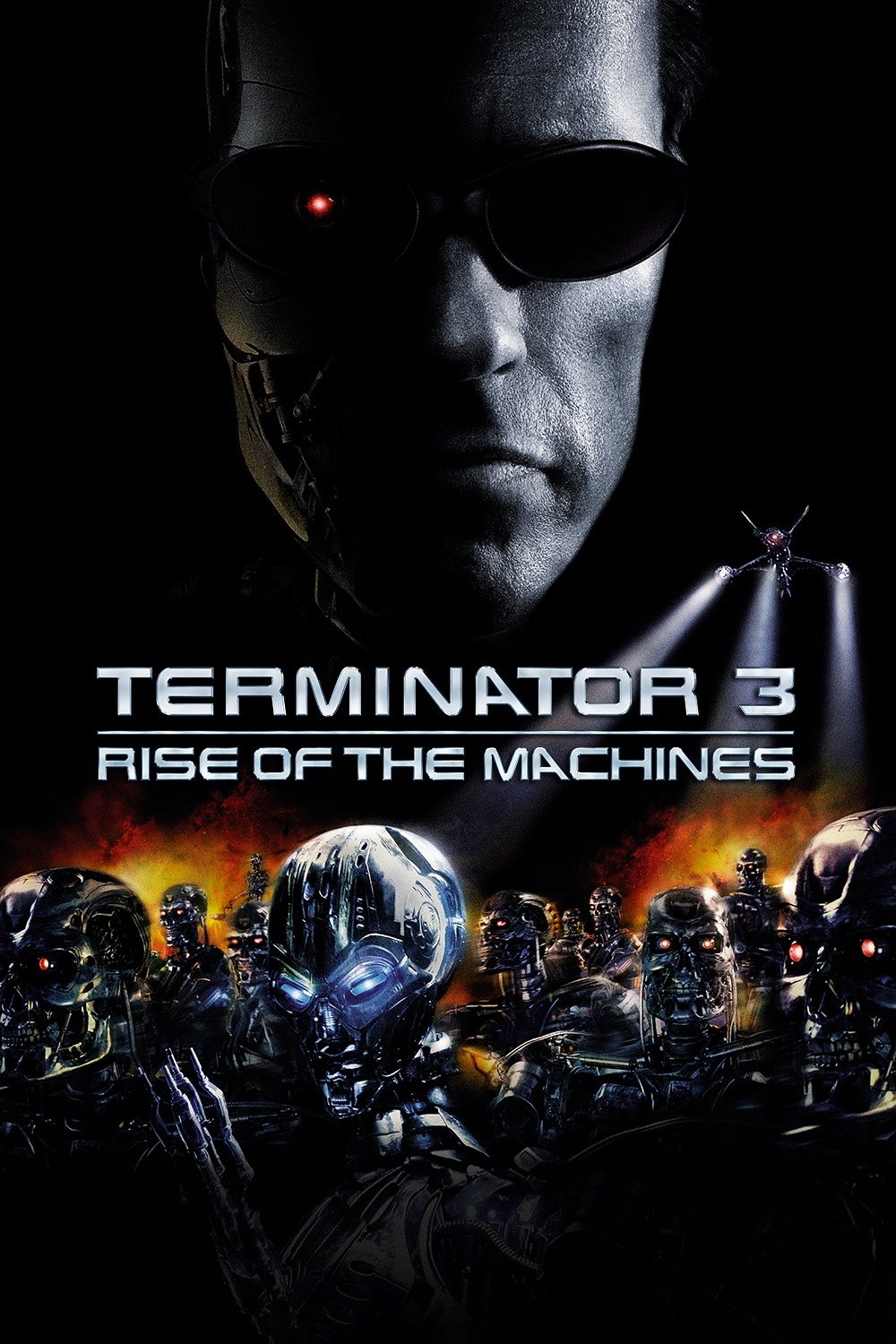
In the third chapter, we see an adult John Connor facing a new, more advanced Terminator. This new model has better weapons and can disguise itself more effectively. The story focuses on Connor’s efforts to stop an automatic defense system from launching, and his decision to bring back a veteran protector who has specific instructions for dealing with emergencies.
The movie featured exciting practical effects, like car crashes, alongside computer-generated imagery for the robot skeletons. It established new storylines that were explored in later films, and consistently used a visual style of sun-drenched highways and factories for its action sequences.
‘The Karate Kid Part III’ (1989)
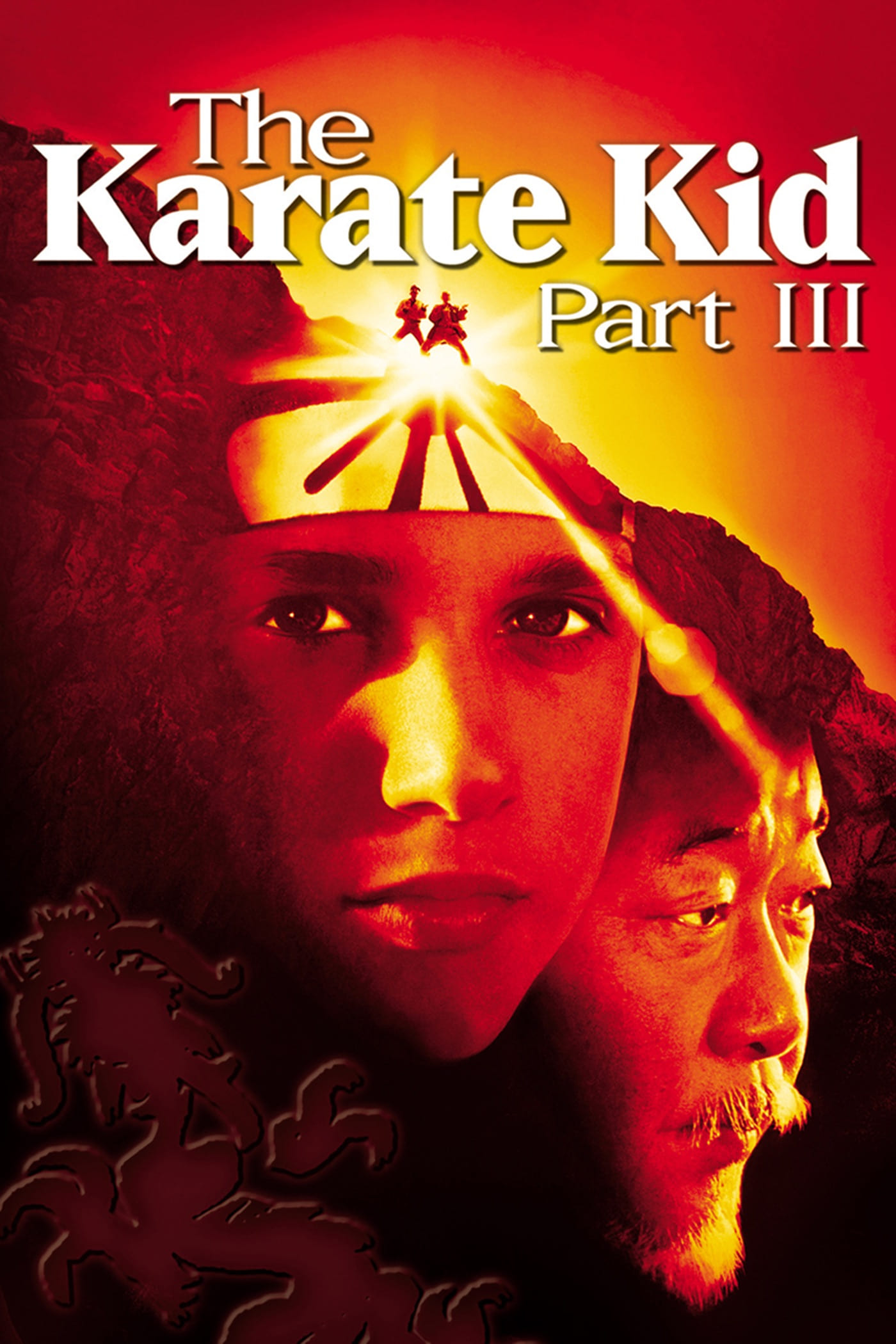
The film reunited Daniel and Mr. Miyagi in Los Angeles, prompted by a request from the mentor of an old enemy for Daniel to compete in a tournament once more. While Daniel explored a new romance and worked on a small business, these paths eventually led back to a conflict over a dojo and intense training.
The movie’s shooting went back to the same locations as the original, featuring fight scenes designed to be threatening rather than playful. It continued the story from the first film, bringing back characters whose connections to each other sparked the central conflict.
‘Jaws 3-D’ (1983)
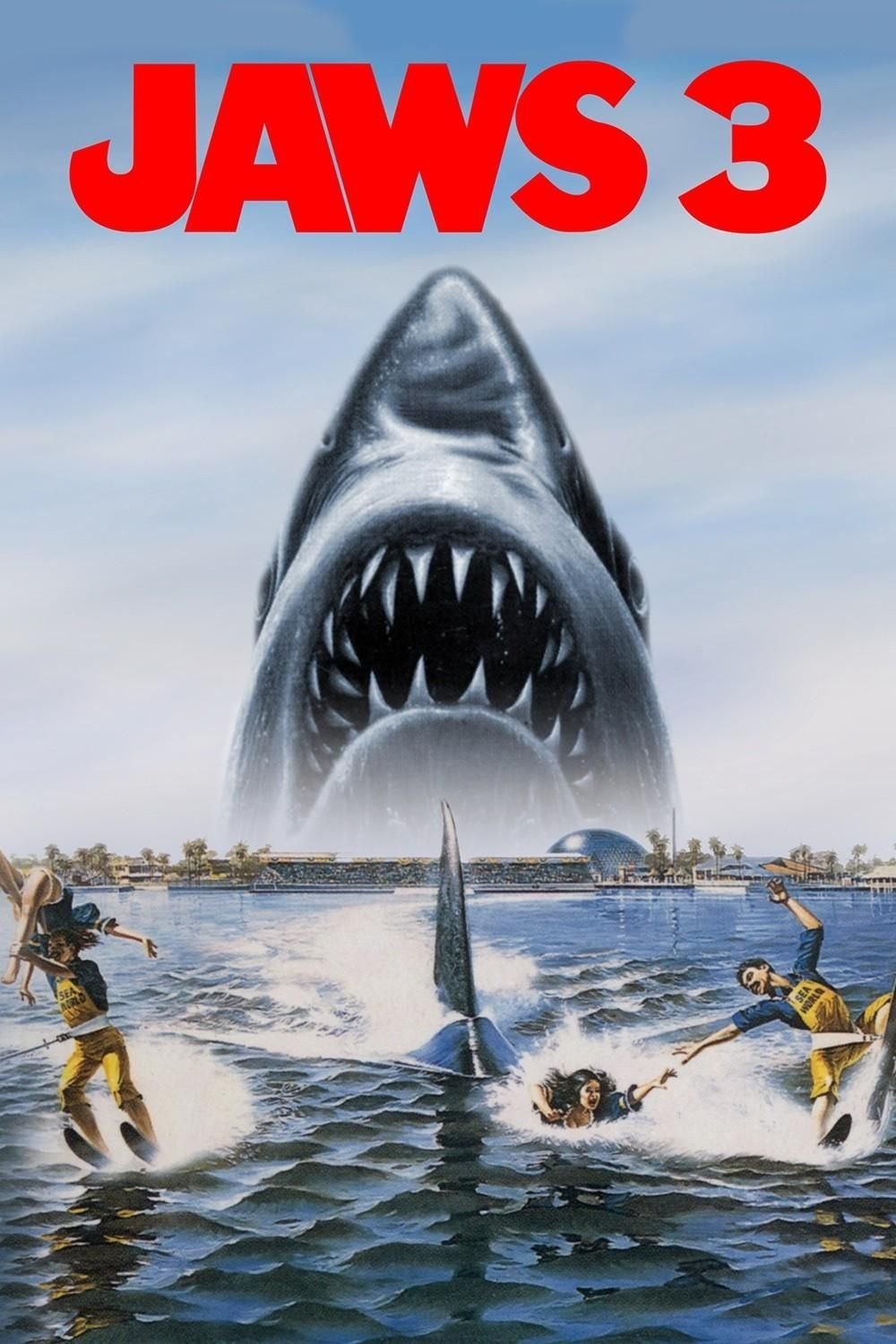
Okay, so the third movie in the series took things in a really cool direction! Instead of the open ocean, the shark showed up at a marine park – a huge great white somehow got *inside* through the underwater gates and started swimming around the lagoons. It wasn’t about a small beach town anymore, it was all happening within the park’s exhibits, and the story followed the marine biologists, the park managers, and even some water skiers who got caught up in the chaos. It was a totally different setting, but just as scary!
The film utilized early 3D technology and massive sets, including underwater tunnels, to create a visually immersive experience. Practical effects were used to build giant shark parts, simulating attacks on glass and showcasing control rooms as the story progressed during its opening weekend.
‘Scream 3’ (2000)
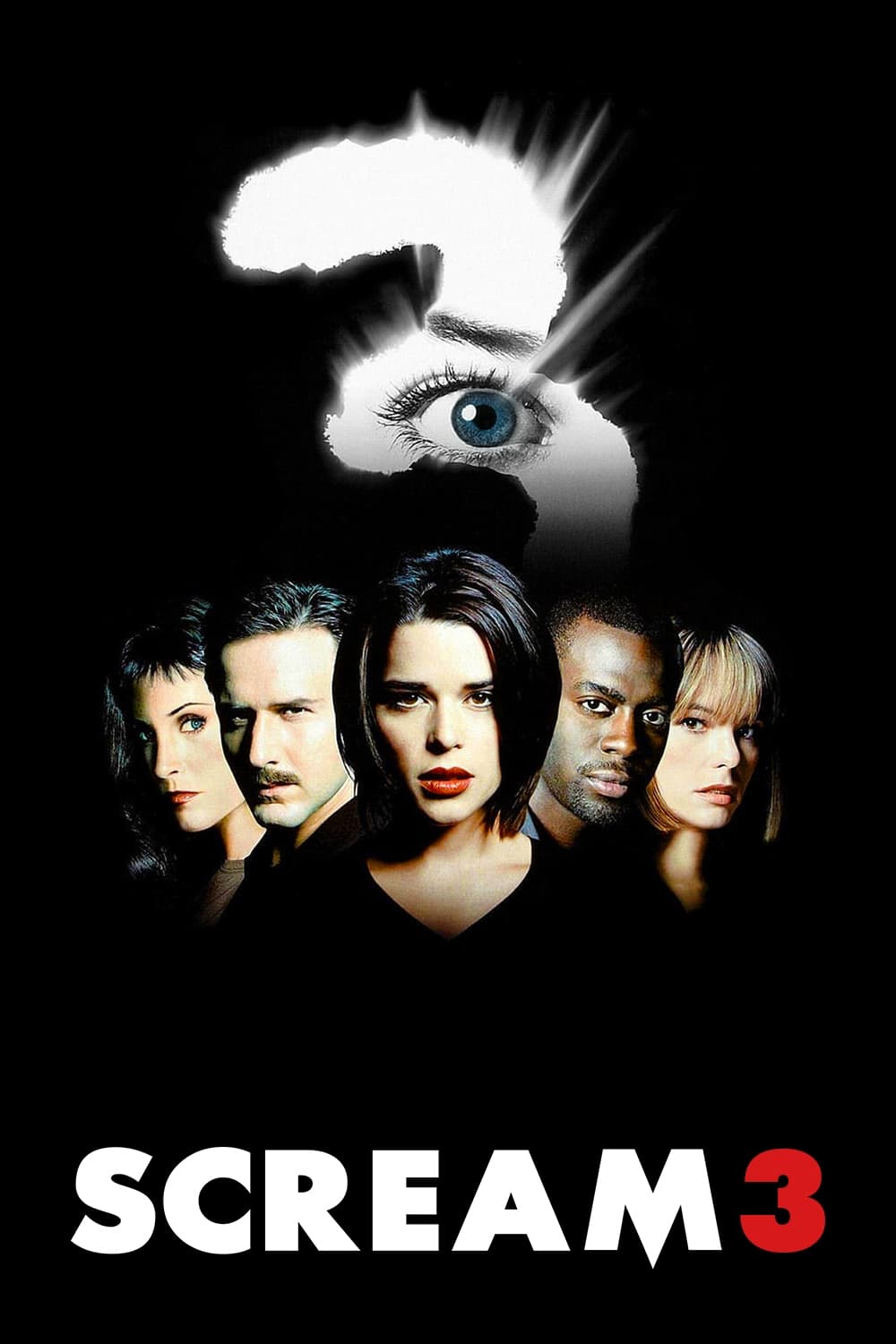
The third installment of the ‘meta slasher’ series takes place primarily on a movie studio lot while a film is being made. Sidney Prescott returns as new attacks begin, mirroring the events from the fictional movie series based on the original killings.
As a big fan, I noticed they really had to adjust the movie to fit time slots and make sure it got the right rating. It was cool how they built these amazing sets – perfect replicas of regular suburban homes and familiar small-town spots. What *really* fascinated me was how they cleverly used the tech behind the scenes – the voice stuff and all the mechanics – and actually made it *part* of the story. They were basically talking about how the whole series worked, both on screen and off, which was a neat touch.
‘Rambo III’ (1988)
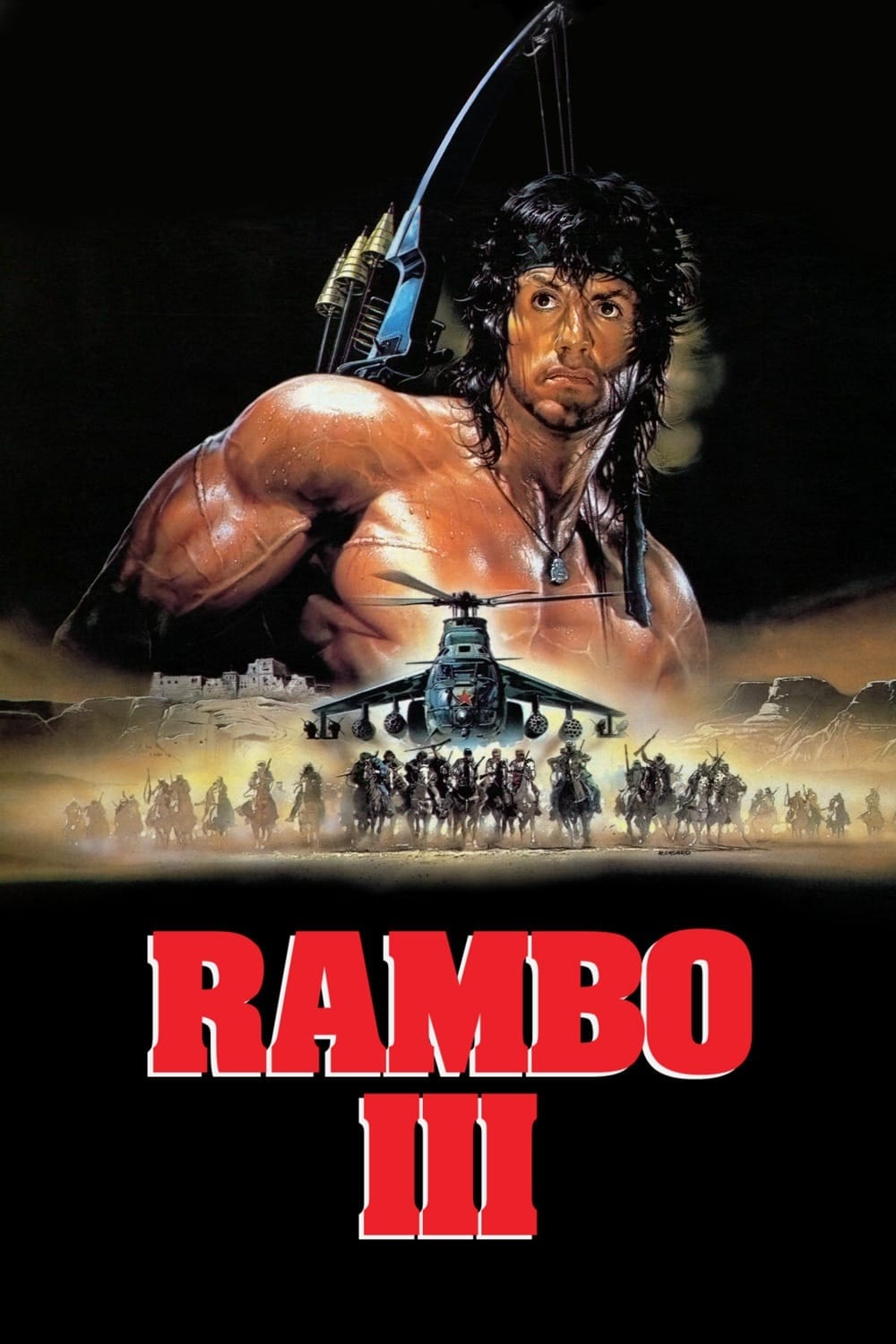
The third Rambo film sees John Rambo leave his peaceful monastery life to venture into a war-torn region. He’s on a mission to rescue a former commander who was captured during a secret operation. The rescue takes place across a dangerous landscape of caves, fortresses, and rough mountains, featuring intense chases on horseback and a lot of firepower.
Filming took place in dry, open areas and featured impressive, real explosions and helicopter sequences that needed specialized military equipment and planning. The movie focused on survival tools and quick thinking, continuing the story of the main character as he evolves from a solitary former soldier into a one-person operation.
‘Mad Max Beyond Thunderdome’ (1985)

On his third journey through the wasteland, Max stumbled upon a settlement where disagreements were settled through gladiatorial combat. A subsequent trip beyond the town’s walls dramatically expanded his understanding of the world. He encountered a group of children who believed in their own unique stories and traditions, and who were attempting to reach a safe haven far away.
The production team went back to the Australian desert to film, creating detailed costumes for all the characters – merchants, security, and performers. The music featured a popular singer for the main theme, and the set design introduced a bolder visual style with towering arenas, a unique energy source powered by pigs, and makeshift vehicles.
‘Batman Forever’ (1995)
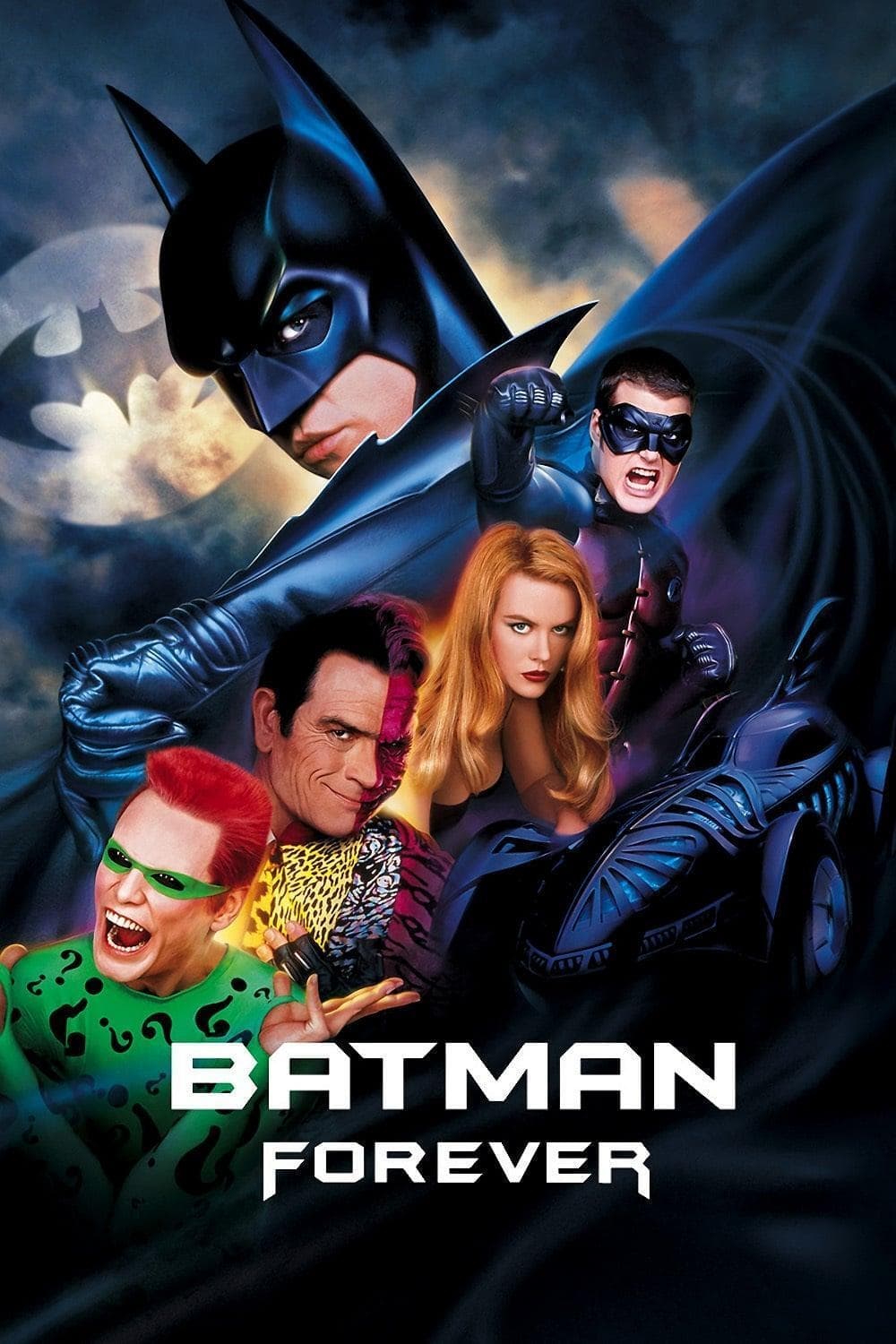
The third movie in the original Batman series reimagined Bruce Wayne and gave Gotham a more colorful look. It featured new villains who focused on messing with people’s identities and memories. The film explored both a romantic relationship for Bruce and the backstory of a new ally who teamed up with him after a devastating event at the circus.
The show’s creators revamped the costumes, cars, and scenery, building a world of glowing neon lights and huge statues. They blended real-life stunts and models with computer effects, shifting the show’s style under fresh leadership and paving the way for another installment with the same actors and feel.
Let us know in the comments which third movies in a series you think didn’t live up to expectations, and which ones you believe are worth revisiting.
Read More
- DOGE PREDICTION. DOGE cryptocurrency
- Calvin Harris Announces India Debut With 2 Shows Across Mumbai and Bangalore in November: How to Attend
- EQT Earnings: Strong Production
- Docusign’s Theatrical Ascent Amidst Market Farce
- The Relentless Ascent of Broadcom Stock: Why It’s Not Too Late to Jump In
- TON PREDICTION. TON cryptocurrency
- Ultraman Live Stage Show: Kaiju Battles and LED Effects Coming to America This Fall
- HBO Boss Discusses the Possibility of THE PENGUIN Season 2
- Why Rocket Lab Stock Skyrocketed Last Week
- The Dividend Maze: VYM and HDV in a Labyrinth of Yield and Diversification
2025-10-06 04:22